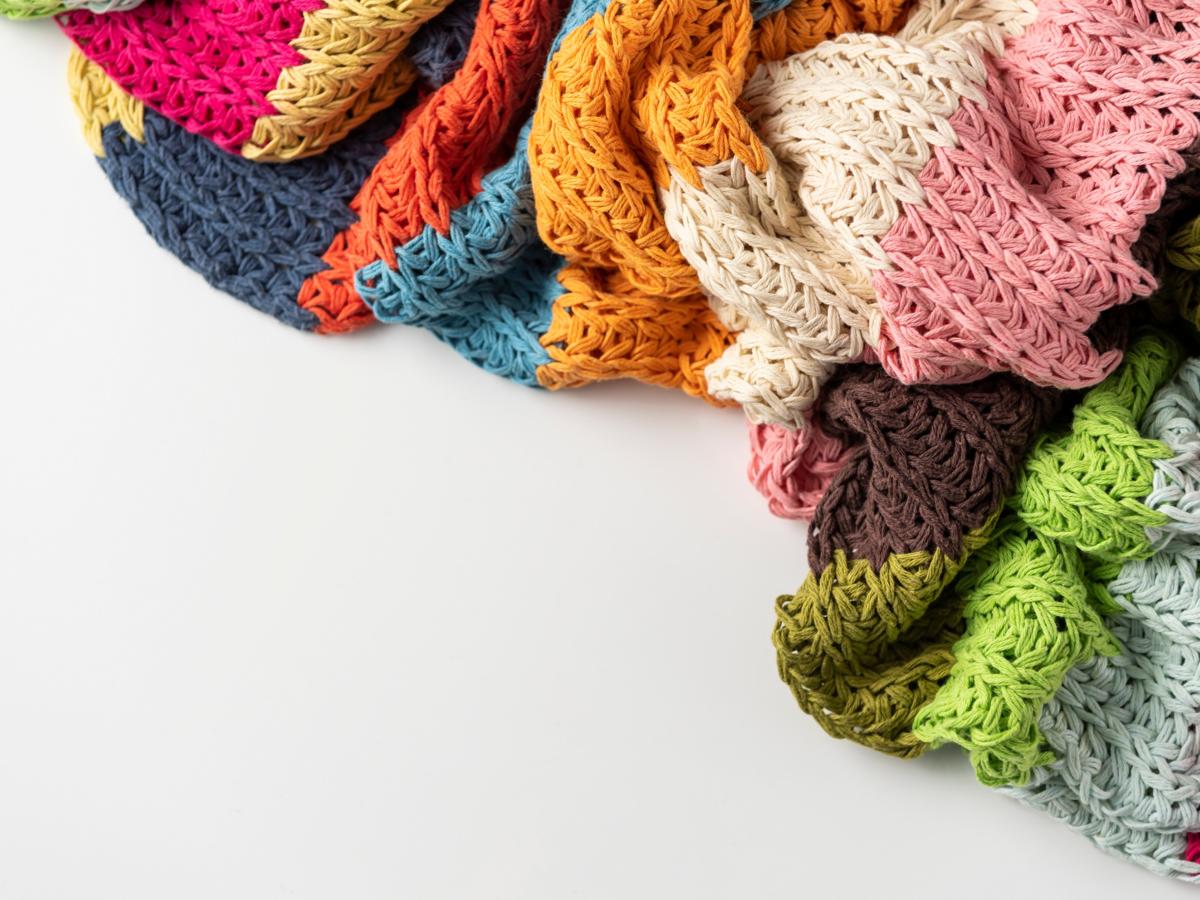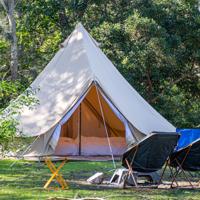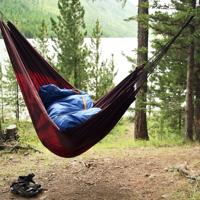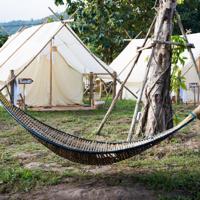Camping is a great way to connect with nature, and choosing eco-friendly gear brings us even closer. Natural fiber camping blankets are a sustainable choice for outdoor enthusiasts looking to tread lightly on the Earth. Let’s dive into what makes these blankets a thoughtful option for any camping adventure.
Benefits of Natural Fiber Blankets
Natural fiber camping blankets offer several advantages over their synthetic counterparts:
- Biodegradable: Unlike synthetic fibers, natural fibers break down easily, minimizing environmental impact.
- Breathability: These materials allow air circulation, helping to regulate body temperature effectively.
- Durability: Natural fibers generally stand up well to wear and tear, offering long-lasting performance.
- Comfort: They often have a soft and cozy feel, enhancing your outdoor rest.
Types of Natural Fibers
You might wonder which natural fibers make the best camping blankets. Here’s a look at some popular options:
Wool
- Properties: Wool is renowned for its natural insulating properties. It provides warmth even when wet, making it a reliable choice for variable weather conditions.
- Example: Pendleton National Park Blankets are crafted from pure virgin wool and celebrated for their durability and warmth.
Cotton
- Properties: Cotton is soft and breathable. It’s perfect for campers who prefer a lightweight option in mild conditions.
- Example: The Rumpl Organic Cotton Travel Blanket, sourced from organic cotton, offers a comfortable and eco-friendly choice.
Bamboo
- Properties: Bamboo fibers are soft and hypoallergenic. They possess natural moisture-wicking abilities, which is great for staying dry.
- Example: Ettitude’s Bamboo Lyocell Comforter can double as a camping blanket, bringing a touch of luxury to the outdoors.
Caring for Your Natural Fiber Blanket
To make sure your natural fiber camping blanket lasts, consider the following care tips:
- Read Labels: Always follow the manufacturer’s care instructions.
- Regular Cleaning: Maintain cleanliness through gentle washing methods if permits.
- Avoid High Heat: Natural fibers can shrink or become damaged in high-temperature washes or drying cycles.
- Store Properly: Keep your blanket in a dry, cool place when not in use to prevent mold and mildew.
How to Choose the Right Blanket
Choosing the right natural fiber blanket depends on several factors:
- Climate: Wool works well for cold and damp, whereas cotton suits warmer conditions.
- Weight: Consider the portability of the blanket for backpacking vs. car camping.
- Price: Natural fiber blankets can vary; look for one that balances quality with your budget.
Supporting Sustainable Brands
Purchasing blankets from brands committed to sustainability supports their efforts in reducing environmental impact. Companies like Pendleton Woolen Mills often use sustainable practices in manufacturing, ensuring that your purchase aligns with eco-friendly values.
Choosing a natural fiber camping blanket is a step towards a more sustainable camping experience. They not only provide comfort and warmth but also peace of mind, knowing that you’re doing something good for the planet. As we continue to learn and adapt, these choices help create a future where outdoor adventures and environmental stewardship go hand in hand.




